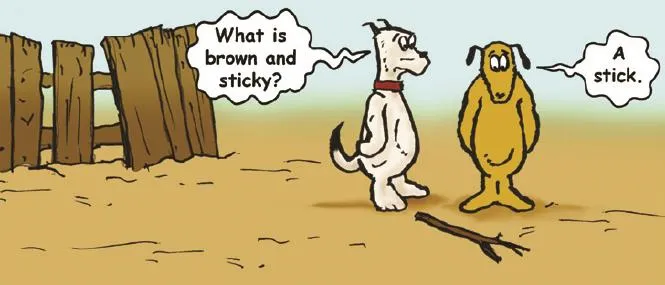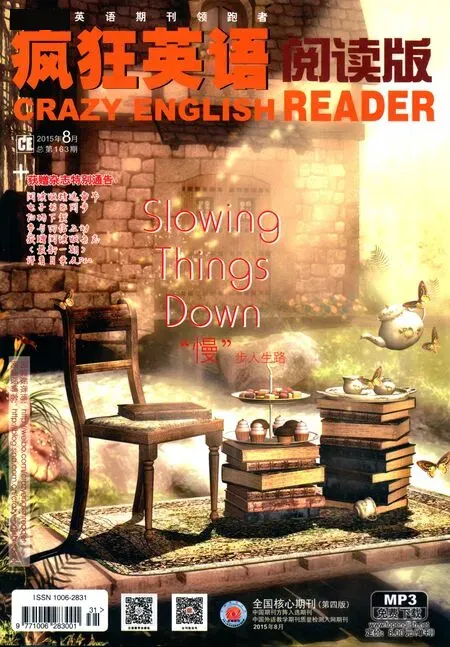Anti-humour
2015-03-29ByEngeliHaupt
By Engeli Haupt
Anti-humour
By Engeli Haupt

Anti-humour joke: a type of joke in which the joke-teller tries to surprise the listener by saying something that is not funny, when the listener was expecting something amusing.
Question: What is brown and sticky?
Answer: A stick
Question: How many electricians does it take to change a light bulb?
Answer: One
Did you fnd them funny? If not, it probably means you are not a fan of anti-humour. We normally laugh at jokes because the joke-teller creates certain expectations while telling the joke and we start laughing at the punchline when it does not meet these expectations.
Anticlimax jokes, like the stick and light bulb jokes above, also do not meet our expectations, but in this case it’s because they are not funny. Ironic, isn’t it? They state the obvious, by giving an answer that is easier than you expect.
A shaggy dog story is another example of a joke that ends with a silly punchline. So, in other words there’s this joke…and it doesn’t matter what it is about...the joke can start in a bar…or in a hotel…or in a small town…that’s not the point. The joke goes on and on…and on. The joke-teller gives you detail after detail; the joke grows a tail, it becomes shaggy…when you have imagined all the events in this long and complicated story…Bam! The punchline! And what’s so funny about the last line? Nothing!
Many stand-up comedians use anti-humour, which seems to be funnier because they always look serious. Perhaps it’s not funny at all, but as they say, laughter is contagious. So if you are laughing because the joke was hilarious, it’s likely that other people are also laughing. And if you are not laughing because you didn’t think it was funny, maybe you were missing the most important ingredient, according to scientists: other laughers.
One last question: What did the doctor say to the patient who couldn’t laugh?
Maybe you can think of a punchline that will make the patient start laughing…or maybe not!
